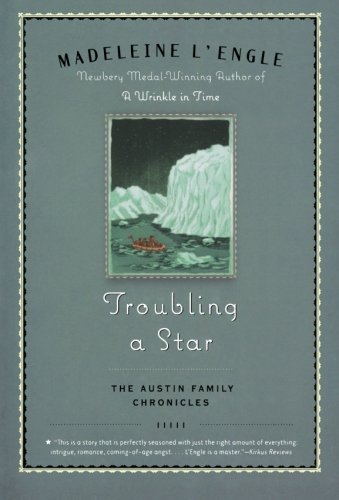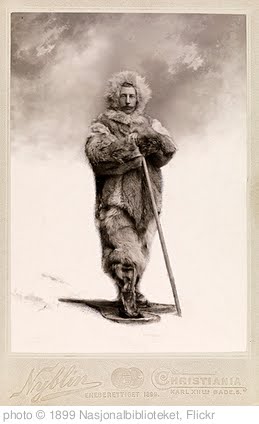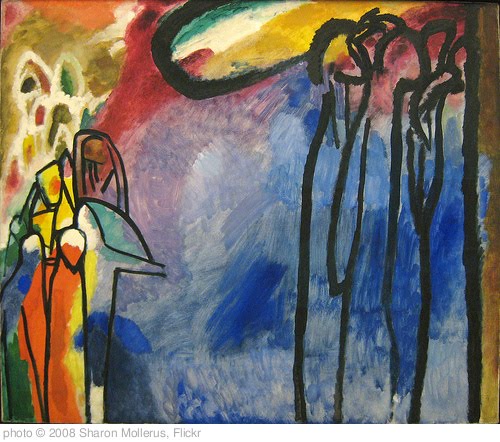Out of School and Into Nature: The Anna Comstock Story by Suzanne Slade, illustrated by Jessica Lanon.
“From the time she was no higher than a daisy, Anna was wild about nature. She loved to hold it close in her fingers, she wanted to feel it squish between her toes, which was why she ran barefoot all summer long, raised slimy tadpoles into pet toads, and climbed tall trees instead of sitting in their shade.”
 Anna Botsford Comstock was an artist, conservationist, teacher and naturalist during the first half of the twentieth century. She enrolled at Cornell University in 1874, in an era when women were not encouraged to go to college or to study science and nature. Her Handbook of Nature Study, published in 1911, became a standard text for teachers, and she was the first female professor at Cornell University.
Anna Botsford Comstock was an artist, conservationist, teacher and naturalist during the first half of the twentieth century. She enrolled at Cornell University in 1874, in an era when women were not encouraged to go to college or to study science and nature. Her Handbook of Nature Study, published in 1911, became a standard text for teachers, and she was the first female professor at Cornell University.
This picture book introduces children and adults to the nature-loving Mrs. Comstock and her passion for the importance of nature study as a part of a child’s education. The book includes beautiful nature paintings of everything from butterflies to spiderwebs to sunflowers to stinkbugs, and it would be an inspiration to anyone just starting out to do “nature study” with children.
Out of School and Into Nature also features several quotes from Mrs. Comstock herself concerning the vital importance of children interacting with nature:
“Nature study cultivates in the child a love of the beautiful.”
“The nature story is never finished. There is not a weed or an insect or a tree so common that the child, by observing carefully, may not see things never yet recorded.”
In the parlance of Charlotte Mason educators, this picture book about “The Mother of Nature Education” is indeed a living book, as is Comstock’s own Handbook of Nature Study. Let this simple but beautiful book be an introduction to Anna Botsford Comstock and her ideas about nature study, and then move on to her book and share the book and the joys of nature with a child you know. You will both be the richer for having done so.
If you are interested in purchasing ($5.00) a curated list of favorite picture book biographies with over 300 picture books about all sorts of different people, email me at sherryDOTpray4youATgmailDOTcom. I’m highlighting picture book biographies in March. What is your favorite picture book about a real person?








